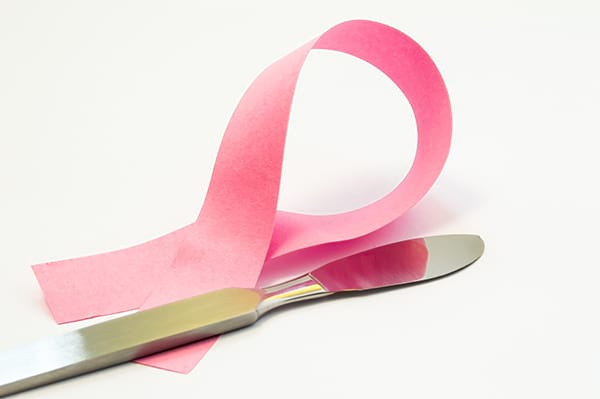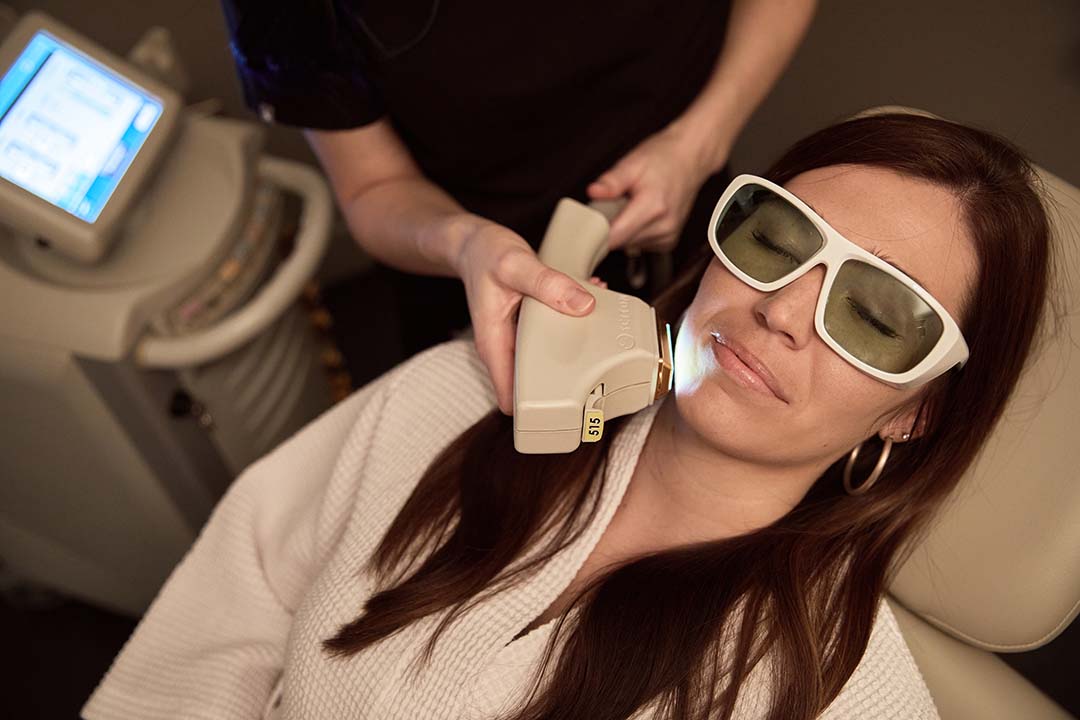Once you’ve been diagnosed with breast cancer there’s a lot of important information to digest and challenging decisions to make. What doctor will you use? What are the best treatment options? What type of surgery is needed to remove the cancer? Then, after getting through all of those hurdles, there’s the difficult decision of deciding …
Once you’ve been diagnosed with breast cancer there’s a lot of important information to digest and challenging decisions to make. What doctor will you use? What are the best treatment options? What type of surgery is needed to remove the cancer? Then, after getting through all of those hurdles, there’s the difficult decision of deciding whether or not to get post-mastectomy reconstructive surgery — and if you decide to do so, when is the best time to have it done?
We spoke to some of the city’s leading plastic surgeons to get their expert opinions on the pros and cons of having reconstructive surgery as well as the best time to have it done.
Risks/Benefits Of Reconstructive Surgery
While there are always some risks involved with any type of surgery, it turns out that there aren’t any added health risks involved with getting reconstructive surgery after a mastectomy and that having the surgery can actually be extremely beneficial for a patient’s overall well-being. “Many studies show that women who have breast reconstruction have bolstered self-esteem, improved activity levels, increased satisfaction with sexual activity, and an overall higher quality of life,” says, Dr. Peter Capizzi. Echoing Dr. Capizzi, Dr. Garrett Harper of Graper Cosmetic Surgery and Laser also says that the positive effects a patient will experience after surgery will make such an impact that “unless there is some reason that you are not a great candidate, I can’t think of any reason every woman shouldn’t strongly consider breast reconstruction.”
Best Time To Get Reconstruction
Once a patient commits to having reconstructive surgery there are two options to choose from — she can have the surgery done at the same time as her mastectomy, or wait and have it done as a separate procedure later on. Though every patient’s particular situation is different there are certain key factors that doctors use to help determine what’s the appropriate time for each patient to have surgery. “Important considerations for whether a woman undergoes reconstruction at the same time as a breast cancer procedure will depend on the type and timing of additional breast cancer treatments that a woman may need after her breast surgery. This is something that the breast surgeon and plastic surgeon will discuss with you as you determine which treatment pathway is best for you,” explains Dr. Capizzi.
However, if there are no complications to hold up the process, most plastic surgeons today feel that getting reconstruction work done immediately is the best option. “Performing reconstruction at the time of mastectomy allows a woman to have one planned surgery as opposed to two or more. This means one trip to the operating room, one exposure to anesthesia, and one hospitalization postoperatively, if necessary. Additionally, a woman can wake from her procedure feeling “whole” and ready to begin her recovery process without any delay,” says Dr. Capizzi. HKB Cosmetic Surgery’s Dr. Gaurav Bharti says that while it completely depends on the patient and the situation, he typically suggests that patients have both surgeries at once so they can “begin the process of returning physically back to normal with the removal of the cancer and beginning the process of restoring what was once there.”
There are also the positive psychological and physical benefits that go along with starting the reconstruction process immediately to consider. “It’s a been shown to help breast cancer patients emotionally deal with the process. It’s much nicer to look down at your breasts and see that a process has been started or completed,” says Dr. Harper.
Types Of Reconstruction: Implants Vs Fat Tissue
There are several different types of reconstructive surgery and a number of new advancements that have been made in recent years, but to put it in the simplest terms, Dr. Harper explains, “there are basically two broad categories of breast reconstruction — autologous reconstruction using your own tissues to create a new breast or implant-based reconstruction where a breast implant is ultimately used.” He also mentions that sometimes both types are necessary to get the best overall result. Determining which type of reconstruction surgery will be best for you will depend on your individual treatment needs and goals, which should be discussed thoroughly with your doctor who will then come up with a plan of action.
“Often the decision to use fat or an implant will depend on how much breast size and volume a woman desires for her reconstruction. Smaller breast sizes can sometimes be created with a patient’s own available fat stores, but ultimately there is a limit to how much can safely be harvested and utilized. Larger breast sizes are usually best reconstructed by a higher volume breast implant,” says Dr. Capizzi.
For patients that choose to go the implant route Dr. Capizzi says there are two main choices for breast implants that are based on the implant’s filling material — saline and silicone. “I typically use only shaped implants in reconstruction. No implant fills the entire space left after a mastectomy. Our office uses the newest generation of highly-cohesive silicone implants, a.k.a. the “gummy bear” implants. They have an excellent warranty against rupture, capsular contracture, and have a natural feel and weight,” he explains. As far as the upkeep that’s involved with getting implants, Dr. Bharti says it’s minimal. “They last a very long time. My patients are seen every year. If there is no problem then nothing is done. Some last 10 years, but newer ones last much longer from our experience.”
Although a lot of patients tend to opt for implants, there is a major upside to using your own fat for reconstruction. “Since the fat utilized is a patient’s own tissue, there isn’t the risk of the body “rejecting” the transplanted tissue,” explains Dr. Capizzi. When a patient decides to have surgery using her own tissue there are several different areas where the tissue can be harvested from. The most common sites used to gather fat tissue are the abdomen, flanks, lower back, inner and outer thighs, posterior thighs, and lower buttocks.
It’s also important to note that patients who only undergo reconstructive surgery on one side don’t have to worry about any unevenness whether they choose to use an implant or fat tissue. “There are ways to make the breasts look similar. The other side could be lifted, reduced, or augmented,” says Dr. Bharti.
Advice
Deciding whether or not to have reconstructive surgery is no easy task, there’s a lot to consider between the time commitment and costs to the physical and emotional repercussions. The best thing you can do while making such a big decision? “Take your time. Do your research and ask questions,” suggests Dr. Bharti.
It’s also important for patients to remember they don’t have to go through the process alone. Dr. Capizzi’s best piece of advice for women who have to make the decision to undergo reconstructive surgery is to communicate openly. “Talk to your doctors about what options are available and right for you, as each treatment plan is specific and unique for each patient. Also ask about support group resources to talk to other women who have been in the position of making that same decision, and listen to their experiences and insights. And most importantly, keep living! Surround yourself with a support group of family and friends and continue to stay involved with the activities that bring you happiness.”
As originally posted on ScoopCharlotte.com by Amy Trainum













